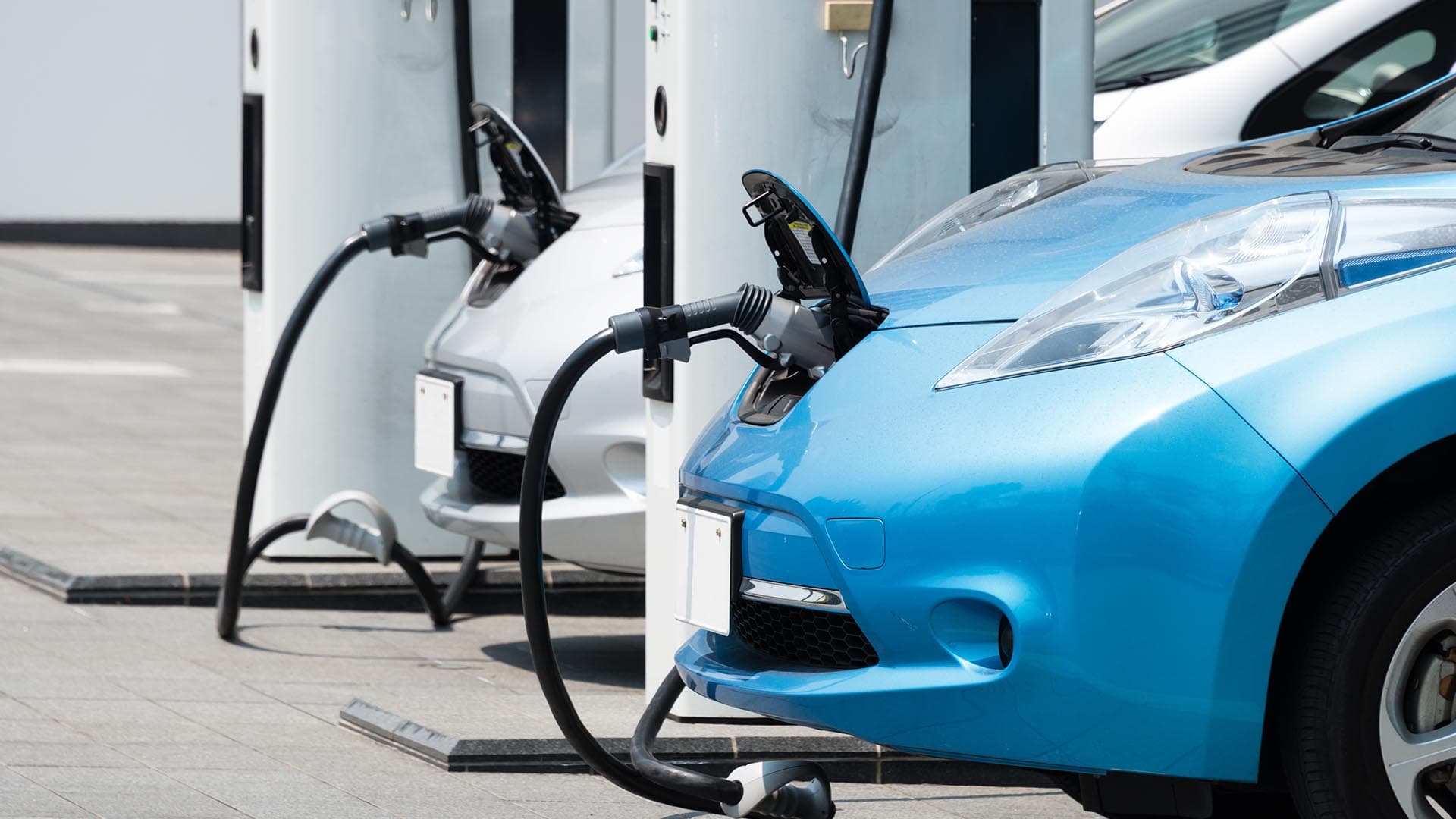Editor’s note: As part of our continuing coverage of markets shaped by climate change, this article explores the essential role of location intelligence in EV adoption. Stay tuned for an article outlining how companies can electrify their fleets for delivery, rental, and other key business initiatives.
The electric vehicle revolution has arrived—Tesla’s Model 3 was Europe’s best-selling car in September. That’s the same month iconic British automobile company Rolls-Royce announced that it will shift to an all-electric lineup by 2030, joining Jaguar, Bentley, Cadillac, and others that have committed to electrification.
For an industry that once seemed to many like a fantasy, it’s an exciting moment for EV evangelists. Real change is on the near horizon, but the journey will demand curated sales strategies, made possible by insights born of location intelligence.
Given the undeniable momentum, buyers might expect electric vehicle (EV) sales to sweep the globe. But in reality, it’s less likely to be a tsunami of change than a staggered evolution. Car buyers in some neighborhoods and regions will be first-movers, while others will be much slower to adapt. Retailers and brands will need to calibrate supply not just to demand but to local infrastructure that supports charging and repairs.
To date, US EV sales have been concentrated mainly on the coasts, often in higher-income neighborhoods. As that picture develops, car sellers will need to customize EV offerings to specific markets and regions, plan production and distribution based on those market insights, and effectively advertise the new breed of low- or zero-emission vehicles to a complex and multifaceted group of drivers.
A Collaborative Approach to Market Change, EV Sales
Spatial business intelligence, also known as location intelligence, will be a vital tool to help EV leaders forge this path. Retailers can use geographic information system (GIS) technology to analyze and contextualize multiple forms of relevant data on a map—from income, age ranges, and sustainability attitudes, to areas of higher EV adoption and electric grid capacity. The patterns and connections that emerge from this geographic approach help decision-makers understand the complexions of markets, define target areas, and forecast EV sales.
Managing the EV transition profitably will require multiple stakeholders to work in tandem. GIS supports this collaborative approach, serving as a common visual operating picture for multiple parties.
For example, a spike in EV sales will be problematic if the charging infrastructure isn’t in place to keep cars running. That’s why an Los Angeles-based team at the design consultancy Arup developed a web-based site-suitability tool for EV charging stations. Named Charge4All, the GIS-based tool enables businesses, utilities, government offices, and communities to share input on the most suitable locations for EV chargers. Past plug installation efforts in Southern California missed important variables when major stakeholders weren’t invited to the table. That’s why GIS, which can contextualize data from multiple software platforms, will be integral to the EV effort.
Location Distinction with a Difference
Since widespread EV sales will require buy-in from multiple sectors of society, the Charge4All team ensured that lower-income and disadvantaged neighborhoods were included in the suitability analysis. That spatial awareness illuminated key links between demographic information and EV use, underscoring the importance of analyzing granular consumer data through a location lens.
For instance, the GIS lead on the Charge4All project found that the upscale, beachfront neighborhoods of Santa Monica boasted high levels of EV adoption and usage. On the other hand, downtown LA showed more lower-income areas, lower rates of vehicle ownership, and less EV engagement.
This geographic differentiation holds true on a national level as well. According to data from the International Council on Clean Transportation, California accounted for slightly less than half of all EV sales in the country in 2019. The West Coast in general is a stronghold of EV use, with a pattern of high EV registration stretching from Seattle down to Phoenix. The Northeast and Rust Belt are also home to swathes of EV ownership. However, vast stretches of the South and the inland Northwest show virtually zero EV engagement.
Finding the EV Buyer Profile and Investing in the Right Markets
Understanding how geographic adoption trends shape the potential for EV sales will be key to the success of any retail strategy—including how to distribute cars to existing dealerships, where to invest in new ones, where to build charging infrastructure, and how to service customers’ vehicles. The approach in cities, where parking is scarce and residents cluster in apartment buildings, will differ from plans in the more dispersed suburbs.
To see the full picture, brand leaders need to synthesize data such as EV registration, inventory numbers, driving patterns, consumer demographics—even information about clean energy regulations. For example, some states offer incentives for zero-emission vehicles that can attract both buyers and sellers and provide clues on which markets to prioritize.
In states without EV incentives, higher-cost EVs might not sell as well. That fact alone creates a reason to marshal useful data and customize price points and products to the most EV-friendly customers in a market.
Columbus, Ohio, which has made a push to facilitate the shift to electric vehicles, found that those most likely to buys EVs tended to share certain demographic traits. Individuals with a bachelor’s or graduate degree who were between 30 and 44 years of age with an annual salary of $100,000 or more were ahead of the curve in making the jump to electric.
That’s the type of demographic and psychographic insight that GIS technology specializes in. Executives can view maps and dashboards of such insight to identify high-potential areas and facilitate collaboration with marketing and sales teams.
Location intelligence can help EV marketers see which types of customers live or shop within a 15-minute drive time of a store, as well as the sales performance of competitors in the area. The same capability can allow advertisers to target online ads to a particular slice of a market, like those who support green initiatives.
An Exciting Moment for EV Evangelists
When business analysts place all relevant data in front of decision-makers on a smart map, the unified picture catalyzes creative solutions. For instance, workplaces that offer EV charging stations can be the deciding factor for buyers who are on the fence about an EV. A dealer could create a map of nearby office parks to scout potential partnerships that drive higher adoption rates. They could also share maps of EV chargers with potential customers, customized to their driving lifestyle.
Such targeted, location-based insights translate into higher EV sales—and less time and money wasted on uninterested customers.





